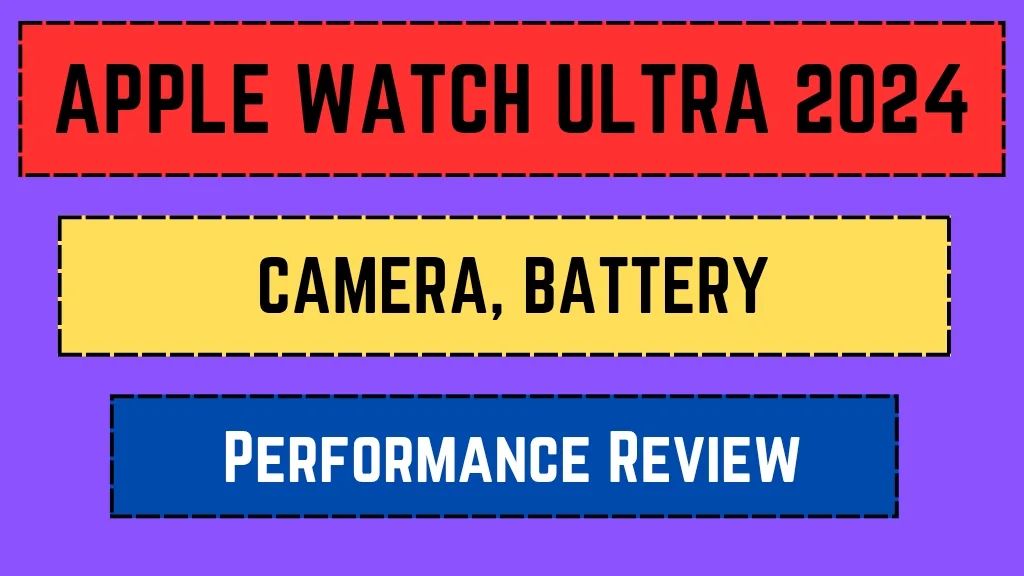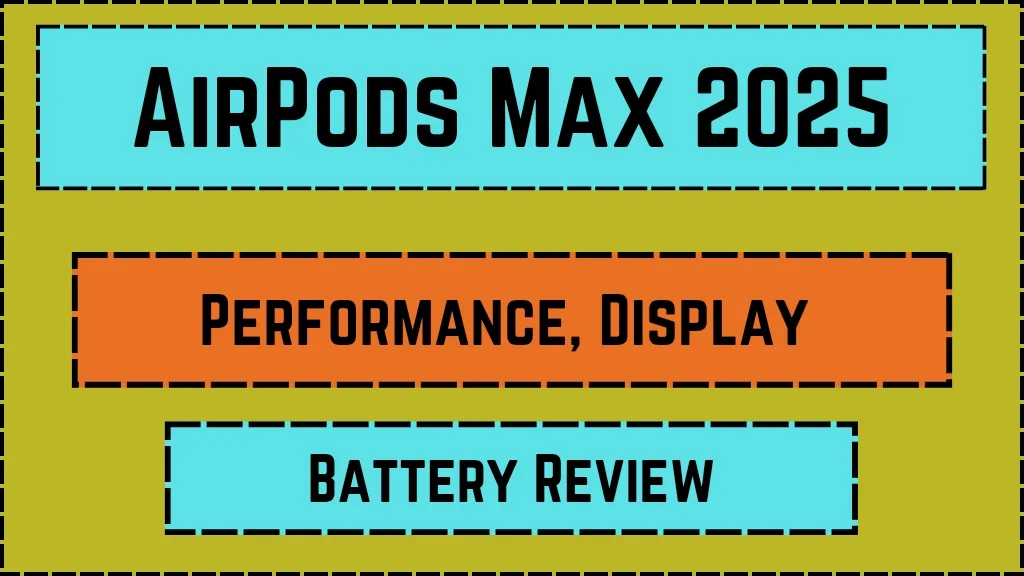The smartphone market is fiercely competitive, and OnePlus has consistently delivered high-performance devices that challenge industry giants like Samsung and Apple. With the OnePlus 13 now available globally, many users are wondering whether it’s worth upgrading from the OnePlus 12 or if last year’s flagship still holds up. Both phones excel in performance, battery life, and camera capabilities, but the OnePlus 13 introduces key refinements, including a more powerful Snapdragon 8 Elite chipset, a larger 6,000mAh battery, and improved water resistance with an IP69 rating. However, the OnePlus 12 remains a strong contender, offering flagship-level specs at a slightly lower price.
This in-depth comparison will analyze every aspect—design, display, performance, battery life, cameras, and software—to help you decide whether the OnePlus 13 justifies the upgrade or if the OnePlus 12 is still the better value. We’ll also explore real-world usage, benchmark results, and long-term software support to provide a well-rounded perspective.
Key Highlights
| Feature | OnePlus 12 | OnePlus 13 |
|---|---|---|
| Organization Name | OnePlus | OnePlus |
| Processor | Snapdragon 8 Gen 3 | Snapdragon 8 Elite |
| Battery | 5,400mAh | 6,000mAh |
| Water Resistance | IP65 | IP68/IP69 |
| Official Website | oneplus.com | oneplus.com |
Design and Build Quality
The OnePlus 13 retains the premium aesthetic of its predecessor but introduces subtle refinements. While the OnePlus 12 featured curved edges, the OnePlus 13 adopts a flatter, more angular design, aligning with trends seen in the iPhone 16 Pro and Galaxy S25 Ultra. The camera module has been slightly redesigned, with Hasselblad branding now placed outside the circular housing, giving it a cleaner look.
One of the most significant upgrades is the IP69 rating, which offers superior dust and water resistance compared to the OnePlus 12’s IP65 certification. This means the OnePlus 13 can withstand high-pressure water jets and submersion up to 1.5 meters for 30 minutes, making it far more durable in harsh conditions. Additionally, the Midnight Ocean variant features a vegan leather back, adding a touch of luxury while keeping the phone lightweight at 210 grams (vs. 220 grams for the OnePlus 12) .
Display and Viewing Experience
Both phones feature a 6.82-inch LTPO AMOLED display with a 1440p resolution, 120Hz refresh rate, and 4,500 nits peak brightness. However, the OnePlus 13 introduces a new BOE X2 OLED panel, which enhances color accuracy and brightness consistency. While the peak brightness remains the same, the OnePlus 13’s typical brightness reaches 800 nits (vs. 600 nits on the OnePlus 12), improving outdoor visibility.
Another notable improvement is Aqua Touch 2.0, which enhances touch responsiveness even with wet fingers—a useful feature for users in humid climates or those who frequently use their phones near water. The OnePlus 13 also debuts Glove Mode, allowing seamless touchscreen operation while wearing gloves, a first for OnePlus flagships .
Performance and Hardware
The OnePlus 13 is powered by the Snapdragon 8 Elite, Qualcomm’s latest flagship chipset, which delivers ~45% better CPU performance and ~40% improved GPU efficiency compared to the Snapdragon 8 Gen 3 in the OnePlus 12. Benchmark tests reveal a Geekbench 6 multi-core score of 9,058 (vs. 6,525 on the OnePlus 12), making it one of the fastest Android phones in 2025 .
RAM options have also expanded, with the OnePlus 13 offering up to 24GB (in China), while the global variant maxes out at 16GB. Storage remains unchanged, with UFS 4.0 support across 256GB, 512GB, and 1TB models.
Thermal management has been improved with an upgraded vapor cooling system, ensuring sustained performance during extended gaming sessions. In real-world usage, the OnePlus 13 handles Genshin Impact at max settings without throttling, whereas the OnePlus 12 occasionally experienced slight frame drops after prolonged play .
Battery Life and Charging
The OnePlus 13 boasts a 6,000mAh silicon-carbon battery, a significant upgrade over the OnePlus 12’s 5,400mAh cell. In battery endurance tests, the OnePlus 13 lasted 19 hours and 45 minutes (vs. 17 hours and 41 minutes for the OnePlus 12), making it one of the longest-lasting flagship phones.
Charging speeds remain largely unchanged, with 100W wired and 50W wireless charging support. However, the U.S. version of the OnePlus 12 was limited to 80W wired charging, while the OnePlus 13 delivers the full 100W globally, enabling a 0-100% charge in just 36 minutes. Reverse wireless charging is also available at 10W for topping up accessories .
Camera Comparison
Both phones feature Hasselblad-tuned triple-camera systems, but the OnePlus 13 shifts to a triple 50MP setup (main, ultrawide, telephoto), replacing the OnePlus 12’s 64MP telephoto and 48MP ultrawide lenses. While the telephoto resolution is lower, the OnePlus 13’s periscope lens benefits from improved pixel-binning and AI processing, resulting in sharper zoomed-in shots.
Low-light performance has been enhanced with a brighter f/2.0 ultrawide aperture (vs. f/2.2 on the OnePlus 12), reducing noise in nightscapes. The main camera (50MP, f/1.6, Sony LYT-808 sensor) remains identical, but the OnePlus 13’s computational photography algorithms deliver better dynamic range and skin tones.
Video capabilities have also improved, with the OnePlus 13 supporting 4K Dolby Vision recording across all cameras, a first for OnePlus. The addition of a 4-microphone array further enhances audio clarity in videos .
Software and Long-Term Support
The OnePlus 13 ships with OxygenOS 15 (based on Android 15), while the OnePlus 12 is upgradable to the same OS. Both devices will receive four major Android updates, but the OnePlus 13 extends security patches to six years (vs. five years for the OnePlus 12).
AI features like Circle to Search, AI Unblur, and Live Translate are available on both, though the OnePlus 13’s Snapdragon 8 Elite enables faster on-device AI processing. OxygenOS 15 also introduces Fluid Cloud notifications and Open Canvas multitasking, enhancing productivity .
Price and Verdict: Should You Upgrade?
The OnePlus 13 starts at $899 (vs. $799 for the OnePlus 12), representing a $100 price hike. For OnePlus 11 or older device users, the upgrade is a no-brainer, offering better performance, battery life, and cameras. However, OnePlus 12 owners may find the improvements incremental unless they prioritize water resistance or gaming performance.
Who Should Buy the OnePlus 13?
- Users needing IP69 water resistance
- Gamers wanting the Snapdragon 8 Elite’s raw power
- Photography enthusiasts who value improved low-light and zoom performance
Who Should Stick with the OnePlus 12?
- Budget-conscious buyers (especially with post-launch discounts)
- Users satisfied with IP65 and 5,400mAh battery
- Those who don’t need the latest chipset
FAQs
1. Does the OnePlus 13 have better battery life than the OnePlus 12?
Yes, the 6,000mAh battery in the OnePlus 13 lasts ~2 hours longer than the OnePlus 12’s 5,400mAh cell in real-world usage .
2. Is the OnePlus 13’s camera better than the OnePlus 12?
While the telephoto resolution is lower (50MP vs. 64MP), the OnePlus 13’s AI processing and brighter ultrawide lens deliver superior low-light and zoom performance .
3. Will the OnePlus 12 get Android 16?
Yes, the OnePlus 12 will receive Android 16 as part of its four-year OS update promise .
Final Thoughts
The OnePlus 13 is a refined flagship with meaningful upgrades in performance, battery life, and durability. However, the OnePlus 12 remains a fantastic value, especially at discounted prices. Your decision should hinge on whether IP69, Snapdragon 8 Elite, and a bigger battery justify the extra $100.
For tech enthusiasts and power users, the OnePlus 13 is the clear winner. But if you’re happy with your OnePlus 12, waiting for the OnePlus 14 might be the smarter move.
Rahul Sharma is a Senior Tech Analyst specializing in mobile devices, with 8+ years of experience reviewing smartphones and wearables. Holding a degree in Electronics Engineering, he provides in-depth comparisons and buying guides. Rahul enjoys staying updated with the latest mobile tech trends and benchmarking performance metrics.


